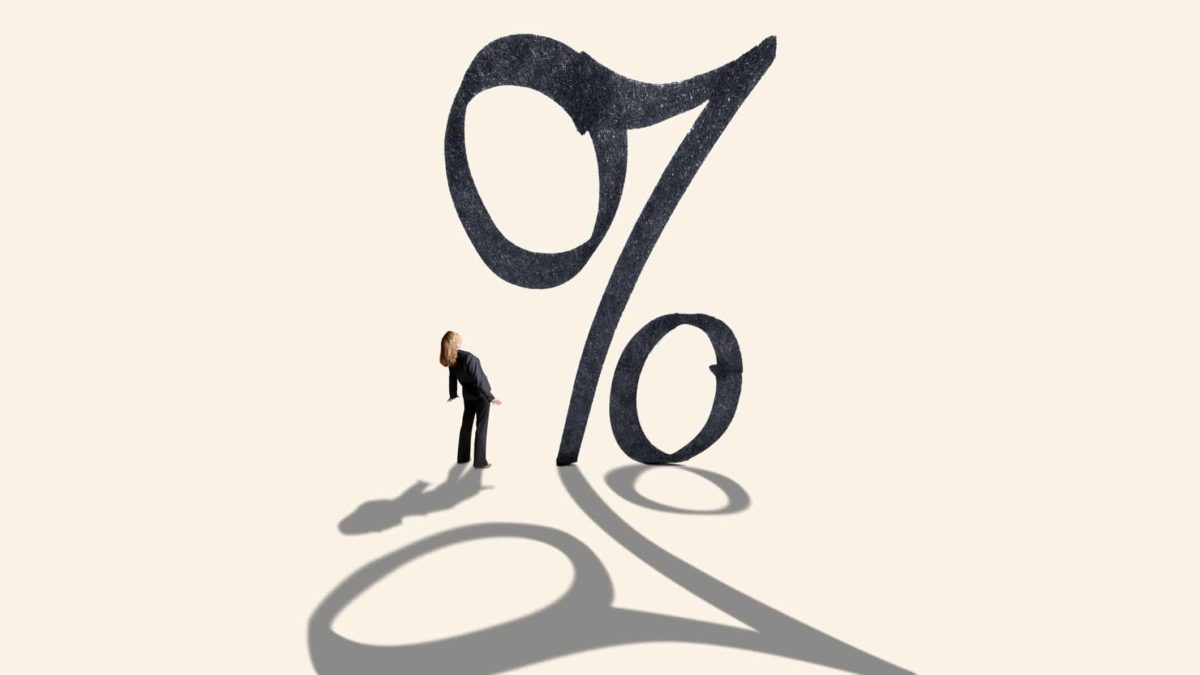We're now about halfway between the Reserve Bank of Australia (RBA)'s last meeting at the start of October, and its next one, scheduled for 7 November next month. Once again, Australians were spared another interest rate hike earlier this month. The RBA board (and its new governor, Michelle Bullock) decided to leave the cash rate unchanged at 4.1%.
But amidst the inflation and economic uncertainty that 2023 has brought in spades, we can never be too sure of what's coming next. After all, this year has been filled with predictions of interest rate hikes, cuts and everything in between. So today, let's discuss the freshly released minutes from the RBA's October meeting, and see if we can glean any hints about where interest rates might be heading next.
Right off the bat, the news doesn't look good for any Australians fearing higher interest rates. The RBA board did note that "output growth in advanced economies had slowed in response to contractionary monetary policy settings and cost-of-living pressures". It also pointed out that "inflation had continued to moderate from its peak late in 2022".
RBA: Inflation still running too hot
However, the RBA also highlighted that "inflation remained well above target and was expected to do so for some time". The minutes put the blame for this on "sticky" service price inflation. As well as higher fuel costs.
As such, it was apparently a close call earlier this month between a rate rise and keeping the cash rate steady. The RBA strongly considered a rate rise thanks to "upside risks" over "how long inflation is likely to remain above target".
However, the Board decided against another rate rise, due to a lack of "sufficient new information over the preceding month from economic data or financial markets to necessitate an adjustment in the stance of monetary policy".
Saying that, the Board has warned Australians that going forward, "some further tightening of policy may be required should inflation prove more persistent than expected".
Here's what the RBA concluded its minutes by saying:
The Board has a low tolerance for a slower return of inflation to target than currently expected. Whether or not a further increase in interest rates is required would, therefore, depend on the incoming data and how these alter the economic outlook and the evolving assessment of risks.
Members reaffirmed their determination to return inflation to target within a reasonable timeframe and their willingness to do what is necessary to achieve that outcome.
Interest rates could keep rising
As such, it sure sounds like the RBA is laying the groundwork for future rate hikes. Perhaps even before the end of the year. That wouldn't exactly make for a merry Christmas for many households.
This is also the view of ANZ's head of Australian economics, Adam Boyton. Speaking to the Australian Financial Review (AFR) today, Boyton said that these latest minutes read more hawkishly than those from September's meeting. Saying that, he still thinks another rate hike in 2023 remains unlikely.
Boyton pointed to the phrase "the Board has a low tolerance for a slower return of inflation to target than currently expected" for his assessment. Here's what he had to say:
Our view is that a rate rise in November would require an uncomfortably high CPI print, possibly combined with some sign of strength in the labour market…
Pending the upcoming labour market and inflation data, we continue to expect the cash rate to remain at 4.1 per cent. Risks of RBA action appear to be rising, however.
As such, perhaps investors and all Australians for that matter, should start factoring in the possibility of another rate hike, or even two, in the first months of 2024. That seems to be a distinct possibility, judging by the RBA's minutes today. Let's see what happens.









